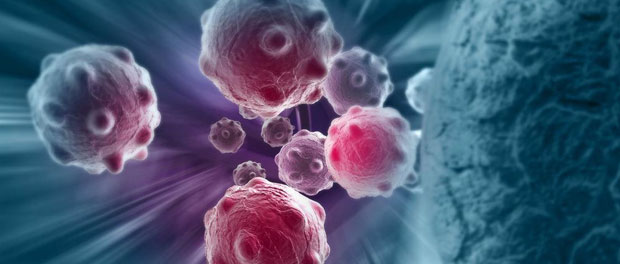
A significant advancement in cancer research was presented in a recent study conducted by scientists from Cornell University, University of Chicago, and Houston Methodist Hospital. The researchers demonstrated that a specific protein known as a cell surface receptor can cause immune cells to attack malignant tumors as opposed to protecting them via an epigenetic mechanism known as histone deacetylation. The research was published in Nature Communications.
CD4+ T-cells, also known as CD4 or helper T-cells, are crucial to the immune system and to combating foreign invaders. They scan the body for threats, including cancer cells, and transmit chemical signals to prompt certain immune cells, known as killer T-cells, to act. These killer T-cells mobilize, target, and eliminate the foreign invader.
Unfortunately, tumor cells are often able to avoid being destroyed by causing immature T-cells to form into what are known as Tregs, or regulatory T-cells. Tregs contain a protein called Foxp3+, which prevents the killer T-cells from attacking tumor cells. Once this occurs, the tumor is able to grow and spread uncontrollably.
One solution to this issue lies in glucocorticoid-induced tumor necrosis factor receptor (GITR), a cell surface protein. Researchers have found that GITR can stop the tumor from making Foxp3+ Tregs, thereby destroying cancer’s ability to grow unrestrained. At the same time, GITR is known to control the switch that turns immature T-cells into Th9 cells, which can then kill tumors by expressing a protein called interleukin 9 (IL-9). Before this study was conducted, however, researchers were unsure as to how these cells transitioned from protecting tumors to destroying them.
Xian C. Li, M.D., Ph.D., an author of the paper and director of the Immunobiology & Transplant Science Center at Houston Methodist Research Institute, explained: “We want to be able to harness GITR’s power to change the CD4 ‘cell fate’ – in other words, determine how the protein directs CD4 differentiation – to yield more tumor killers than tumor protectors. This knowledge might help us develop new therapies that mobilize immune cells against tumors.”
The team assessed how GITR impacts immature T-cells and aggressive melanoma using a mouse model. They found that GITR controls a histone modification called histone deacetylation which can affect the cancer’s growth. Histone deacetylation occurs when an acetyl group is removed from a histone, in this case, in the immature T-cell genome. Histone deacetylation then shuts down the part of the genome responsible for regulating the production of Foxp3+, which causes the immature T-cell to become a Th9 cell as opposed to a tumor protector cell. This histone modification simultaneously leads to the production of the cancer-fighting protein IL-9.
They reported that “[m]echanistically, GITR upregulates the NF-κB family member p50, which recruits histone deacetylases to the Foxp3 locus to produce a ‘closed’ chromatin structure.” This closed chromatin structure is referred to as heterochromatin, which typically reduces gene transcription. In addition, they found that “GITR ligation also activates STAT6, and STAT6 renders Il9 locus accessible via recruitment of histone acetyltransferase p300, and together with inhibition of Foxp3, GITR induces strong Th9 responses.”
Li emphasized the importance of proper stimulation of immune cells like Th9 through molecular pathways and their potential as powerful tools for destroying cancer cells. “Our study has shown how one such pathway works and that is exciting, especially when a companion study in South Korea found GITR yielded similar anti-tumor activity against four different cancers.”
Further research is necessary into the possibility of harnessing the power of immune cells and related molecular pathways for eliminating cancer, but this and other studies show promise for anti-cancer treatment and open new doors for advancing cancer research.
Source: Xiao, X., Shi, X., Fan, Y., Zhang, X., Wu, M., Lan, P., Minze, L., Fu, Y., Ghobrial, R.M., Liu, W., Li, X.C. GITR subverts Foxp3+ Tregs to boost Th9 immunity through regulation of histone acetylation. Nature Communications. 6, doi: 10.1038/ncomms9266.
Reference: Houston Methodist. Switched Before Birth: Study Shows Protein Creates Tumor-Fighting Rather Than Tumor-Protecting Cells. 14 Sep 2015. Web.


